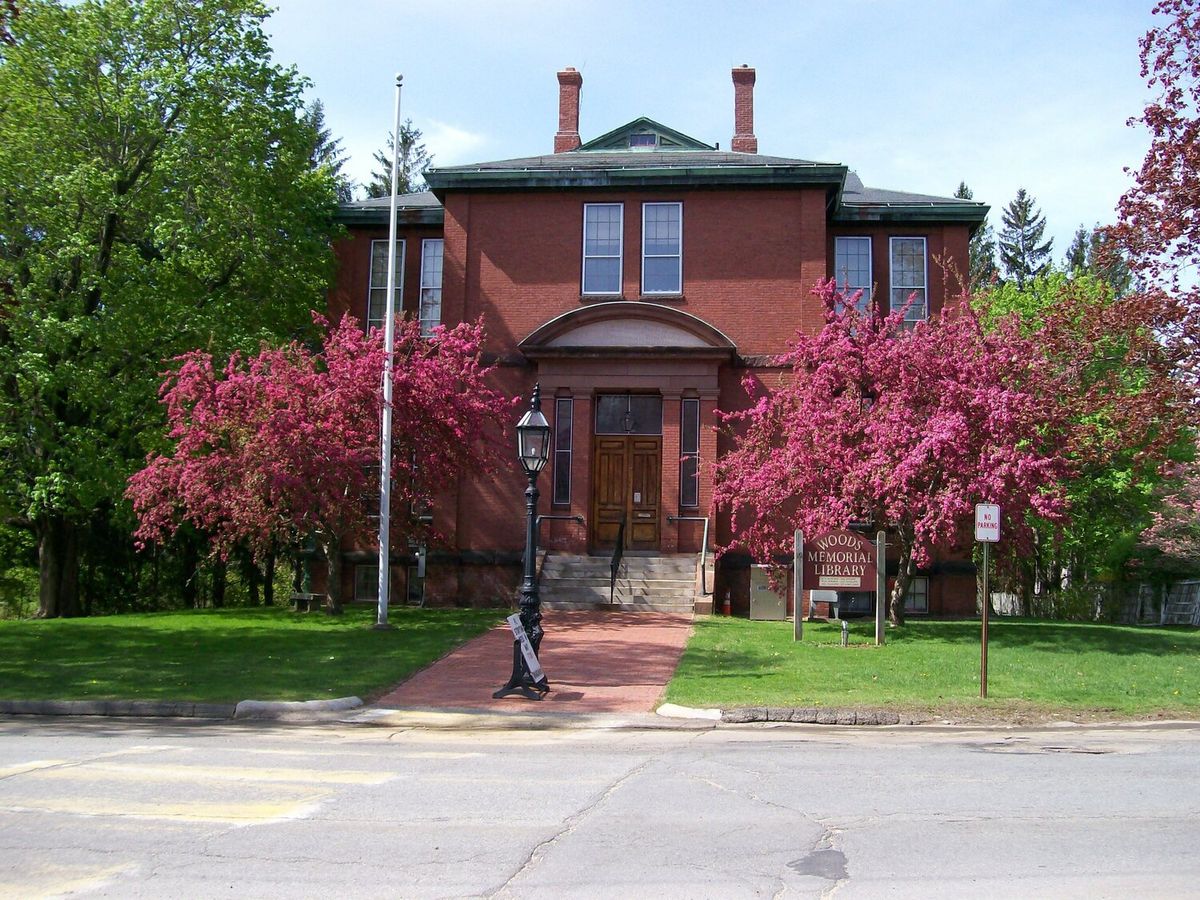The Barre Museum, a one-room museum housed in the Woods Memorial Library Association in Barre, Massachusetts, has been accused of violating the Native American Graves and Protection Act (NAGPRA) and of “hoarding” objects stripped from Lakota people killed in the 1890 Wounded Knee Massacre. The museum is said to hold the largest known collection of objects from the massacre, spanning around 100 pieces, including human remains like scalps and locks of hair.
The Association on American Indian Affairs (AAIA) has brought attention to the decades-long repatriation dispute in an open letter ahead of a planned meeting on 6 April between the museum’s board of directors and the environmental and social justice activist Henry Red Cloud, the great-great-grandson of Chief Red Cloud, one of the last Lakota war chiefs.
The objects from the massacre, where around 300 Lakota are believed to have been killed, were donated to the library in 1892 by a man who claimed to have bought the items from a contractor who had cleared the site of the massacre. Concerns over the collection first surfaced in 1993, shortly after the 1990 enactment of NAGPRA, the statute that requires institutions receiving federal funding to catalogue their holdings of Indigenous artefacts and human remains.
The AAIA notes that the Barre museum, a non-profit institution that seldom opens to the public, has not been transparent about whether it has received federal or public funding—the core criteria for NAGPRA compliance—but also that the museum has not adhered to Massachusetts state regulations for non-profits, and has not been registered as a non-profit since at least 2016.
“The institution does not provide annual or financial reports, and hoards its collection privately for the very reason to thwart federal law and the human rights of Native Nations,” according to the chief executive of the AAIA, Shannon O’Loughlin (Choctaw).
She adds that Native leaders are investigating other federal, state and tribal laws that could potentially support the case. “Keeping these belongings away from the Native Peoples who are the descendants and relatives of those that were massacred may not only violate laws, but is active and absolute racism, as well as immoral and unethical,” she says.
The US government is currently in the process of revising NAGPRA, reviewing more than 700 proposals from tribal leaders, with the aim to increase its enforcement and also expose vulnerabilities in the law, such as the loopholes demonstrated in this case that slow repatriation and gives institutions the legal right to withhold Indigenous artefacts and human remains.
In an interview with The New York Times in 1993, the then-curator of the museum, Audrey Stevens, said members of the organisation feared that repatriation of the objects would “rip a page out of history and bury it”, referring to the ceremonial reburial of repatriated objects by Indigenous tribes. A representative for the museum could not be reached for comment at the time of this publication for an updated statement.


